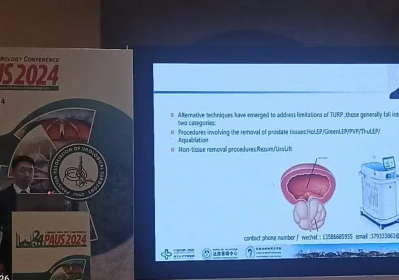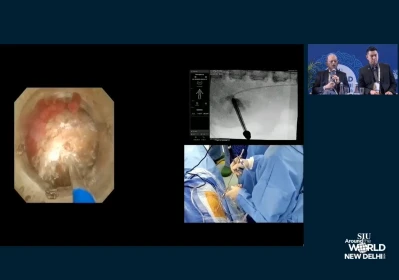Laser surgery
Laser lithotripsy is a way to treat kidney stone removal. This treatment uses a laser to break kidney stones into tiny pieces. A flexible laser fiber is inserted through a scope (camera) placed in the urinary tract via the urethra to break up the stones. The stone fragments are then removed with a small basket or other instruments. The procedure is done without any incisions (cuts).Urologist recommends this is the most effective method.
Shock wave lithotripsy
Extracorporeal shock wave lithotripsy (ESWL) uses shock waves to break a kidney stone into small pieces that can more easily travel through the urinary tract and pass from the body. See a picture of ESWL. You lie on a water-filled cushion, and the surgeon uses X-rays or ultrasound tests to precisely locate the stone.
Ureteroscopy
Ureteroscopy is a procedure to address kidney stones, and involves the passage of a small telescope, called a ureteroscope, through the urethra and bladder and up the ureter to the point where the stone is located.
Percutaneous nephrolithotomy/Percutaneous nephrolithotripsy
Percutaneous nephrolithotomy (nef-roe-lih-THOT-uh-me) is a procedure used to remove kidney stones from the body when they can’t pass on their own. A scope is inserted through a small incision in your back to remove the kidney stones.
Open surgery
The doctor inserts the tool directly into your kidney through a small cut made in your back. For larger kidney stones, the doctor also may use a laser to break the kidney stones into smaller pieces.





